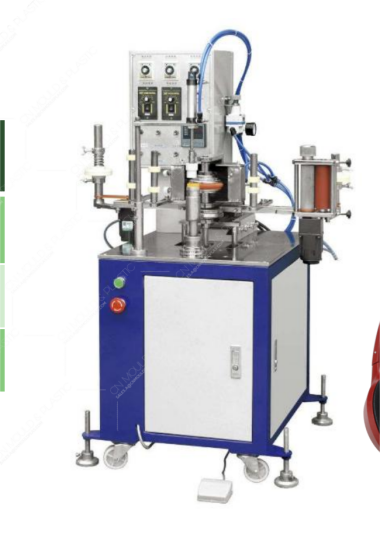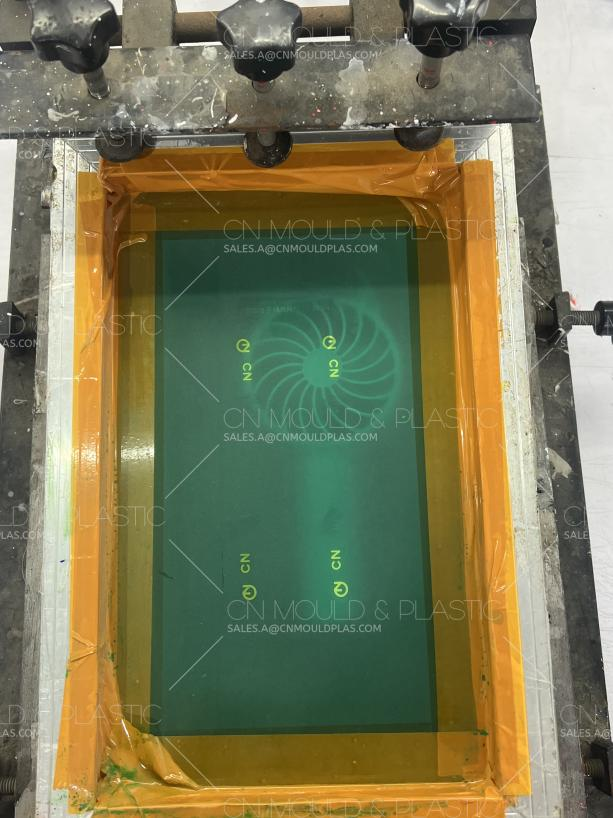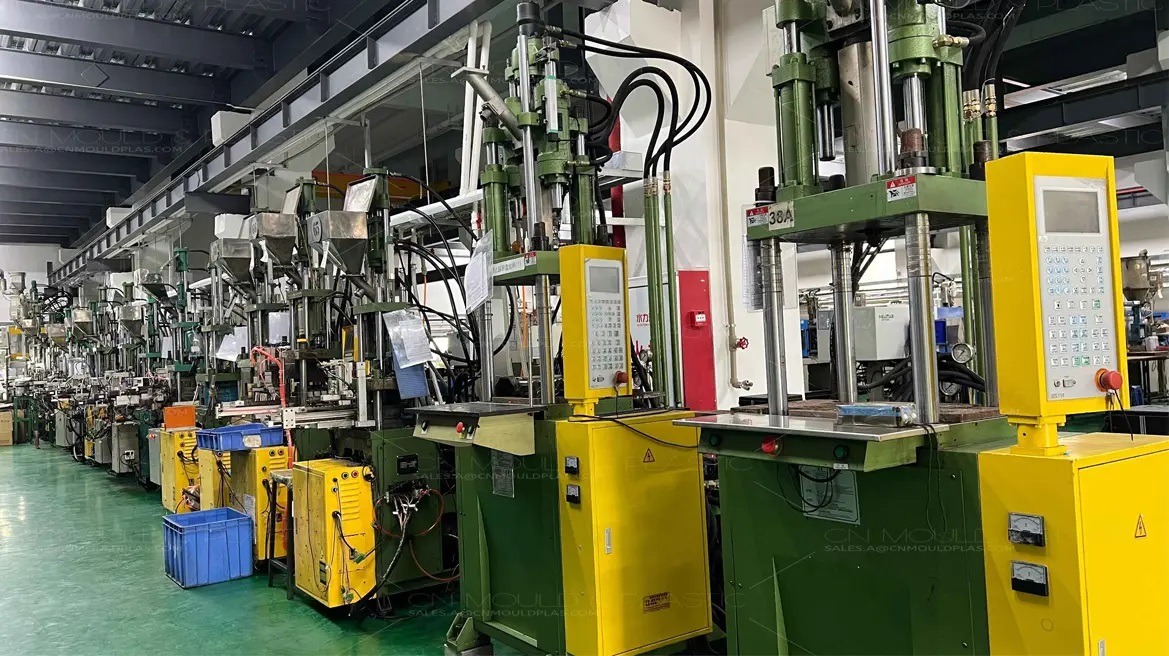Hot stamping is a printing method that transfers patterns from a carrier to a workpiece under heat and pressure. It is an important means of surface decoration for plastic parts and a commonly used decorative process for household appliances and consumer electronics. Hot stamping is divided into rolling and hot pressing. The main equipment for hot stamping processes includes hot stamping heads, hot stamping dies, and hot stamping fixtures.
The hot stamping head consists of two parts: a heat-conductive aluminum alloy base bonded with heat-resistant silicone rubber. The silicone rubber is engraved with raised patterns or text to be printed. The hardness of the silicone rubber is Shore 50–90. Larger areas generally require slightly lower hardness, but if the hardness is too low, the edges of the patterns will be irregular; if too high, it will not fit the workpiece surface well, resulting in partial failure to print.
The hot stamping film consists of five layers. After heating, the hot stamping head presses the film onto the workpiece with a certain pressure, so that the workpiece displays a pattern identical to that of the hot stamping head, with the color determined by the selected film. The hot stamping film determines decorative effects such as color and graphics, and the equipment is equipped with film conveying and winding devices.
Hot stamping fixtures include worktables and conveying devices, which affect the positioning accuracy and pattern quality.

The hot stamping process is as follows:
1. Manufacture film according to the design pattern
2. Fabricate the hot stamping head
3. Create fixtures
4. Purchase hot stamping films based on pattern colors and substrates
5. Install fixtures, hot stamping heads, and films
6. Alignment
7. Trial stamping and sample approval
8. Formal hot stamping
9. Inspection and packaging
The hot stamping pressure is determined by the properties, thickness of the workpiece, and stamping type. The pressure should be moderate to avoid ink smudging while ensuring clear, bright marks; the adhesion should be firm without peeling or blurring. When hot stamping two types of graphics with significantly different areas on the same plate, the pressure per unit area should be equal. The larger the hot stamping area, the greater the required hot stamping pressure; conversely, the smaller the area, the lower the pressure
The hot stamping time and temperature are determined by the workpiece material and stamping type. Excessively long time or high temperature may cause smudging and unclear graphics, while insufficient time or low temperature may lead to poor adhesion, peeling, dullness, or blurring. Time and temperature can be fine-tuned during operation—for example, slightly higher temperatures can shorten the time, while lower temperatures may require longer duration.
Hot-stamped patterns are clear, beautiful, and vibrant, with excellent wear and weather resistance. In graphic design, hot stamping can serve as a finishing touch to highlight the design theme, especially for trademarks and registered names, where the effect is more prominent.
(1) Patterns should be free of pinholes or peeling.
(2) Adhesion: The inspection method and standard shall be agreed upon by both supply and demand parties. Typically, a 3M tape is closely applied to the graphics and then rapidly peeled at a 45° angle to the peeling direction.
(3) Wash resistance: The cleaning solution and test method shall be determined by both supply and demand parties.

